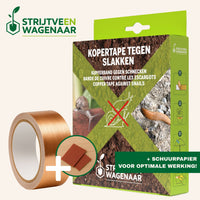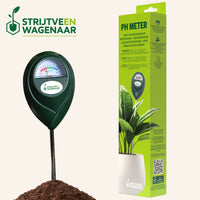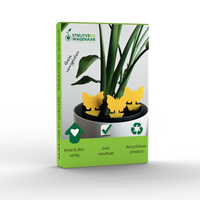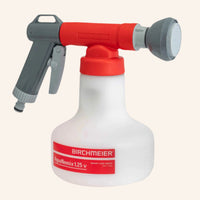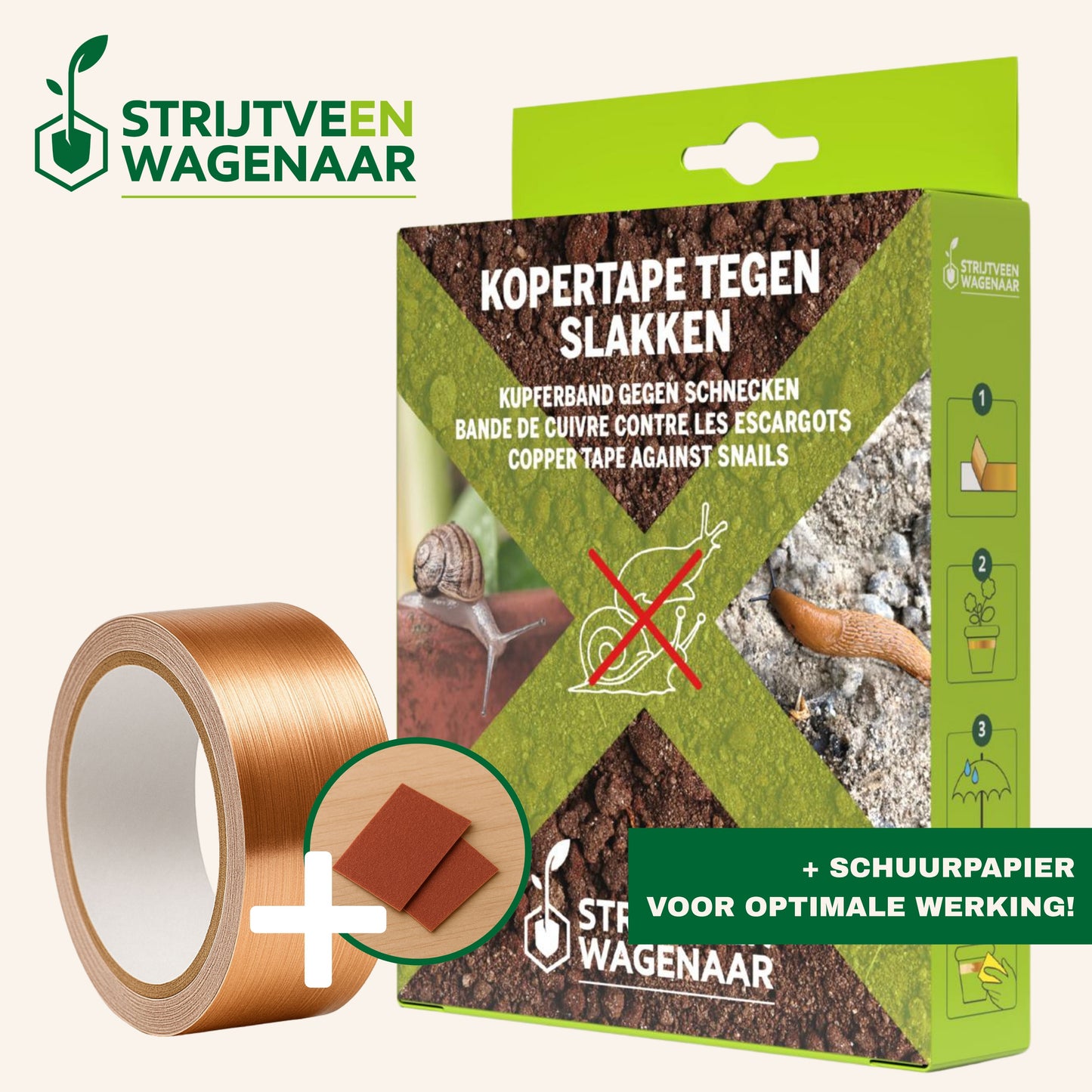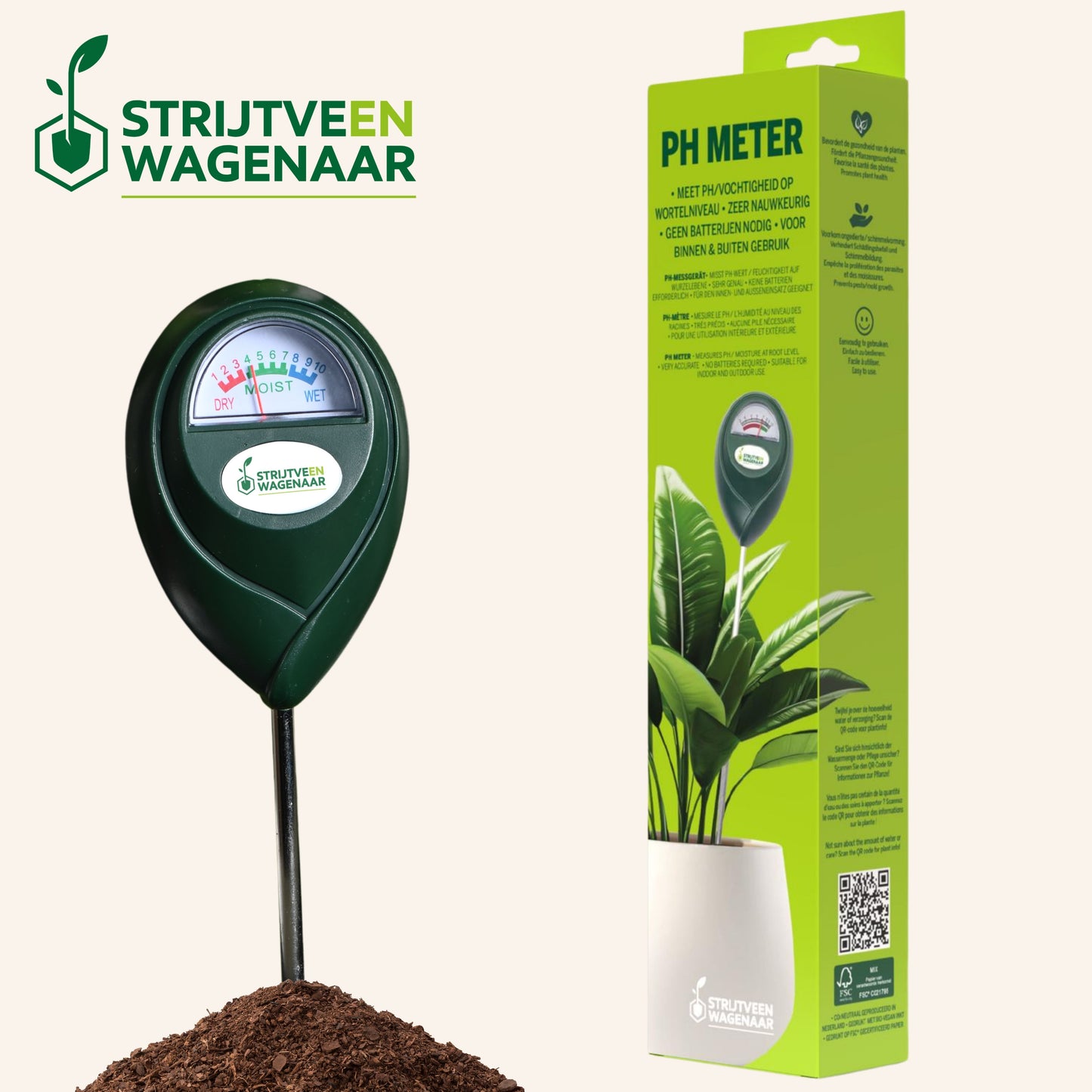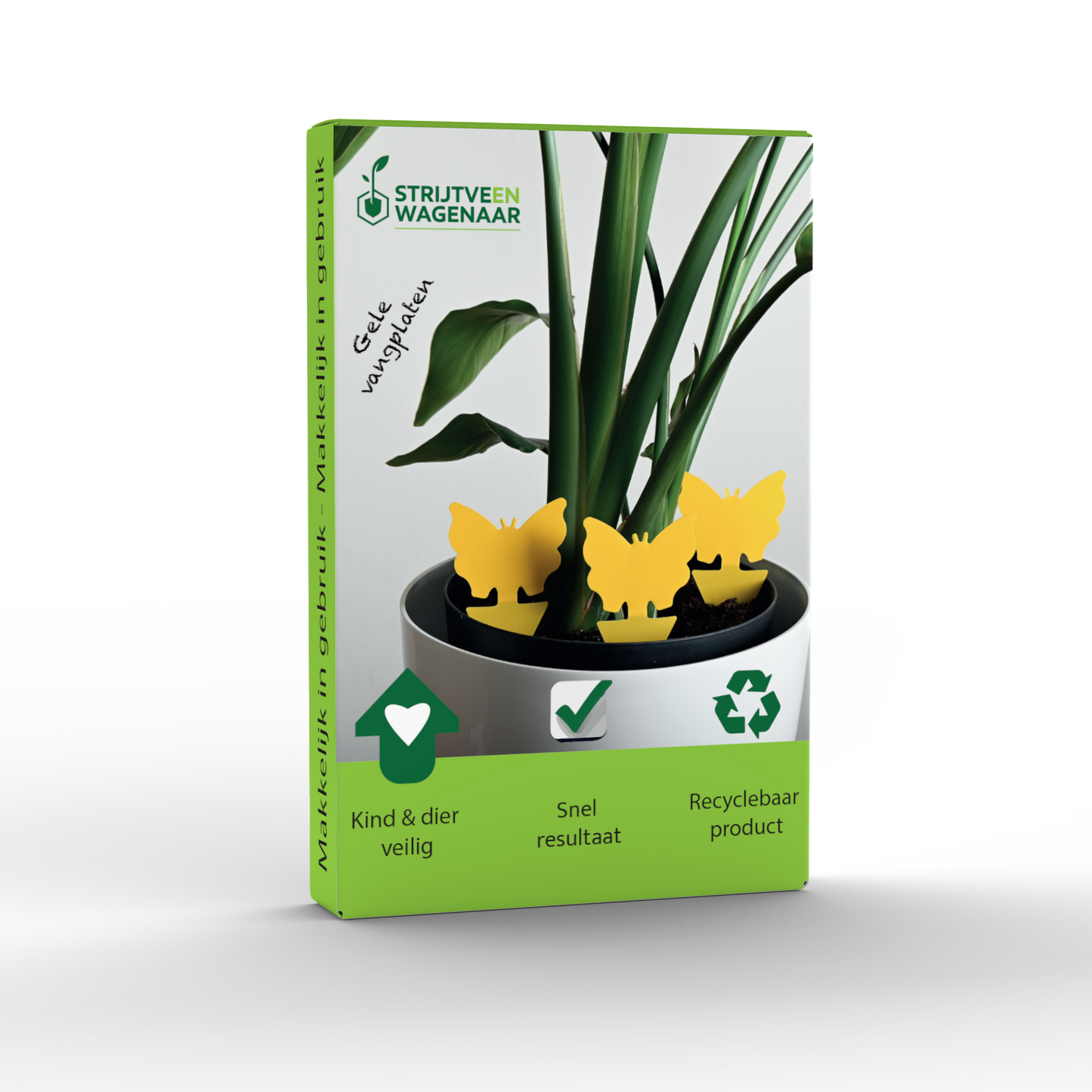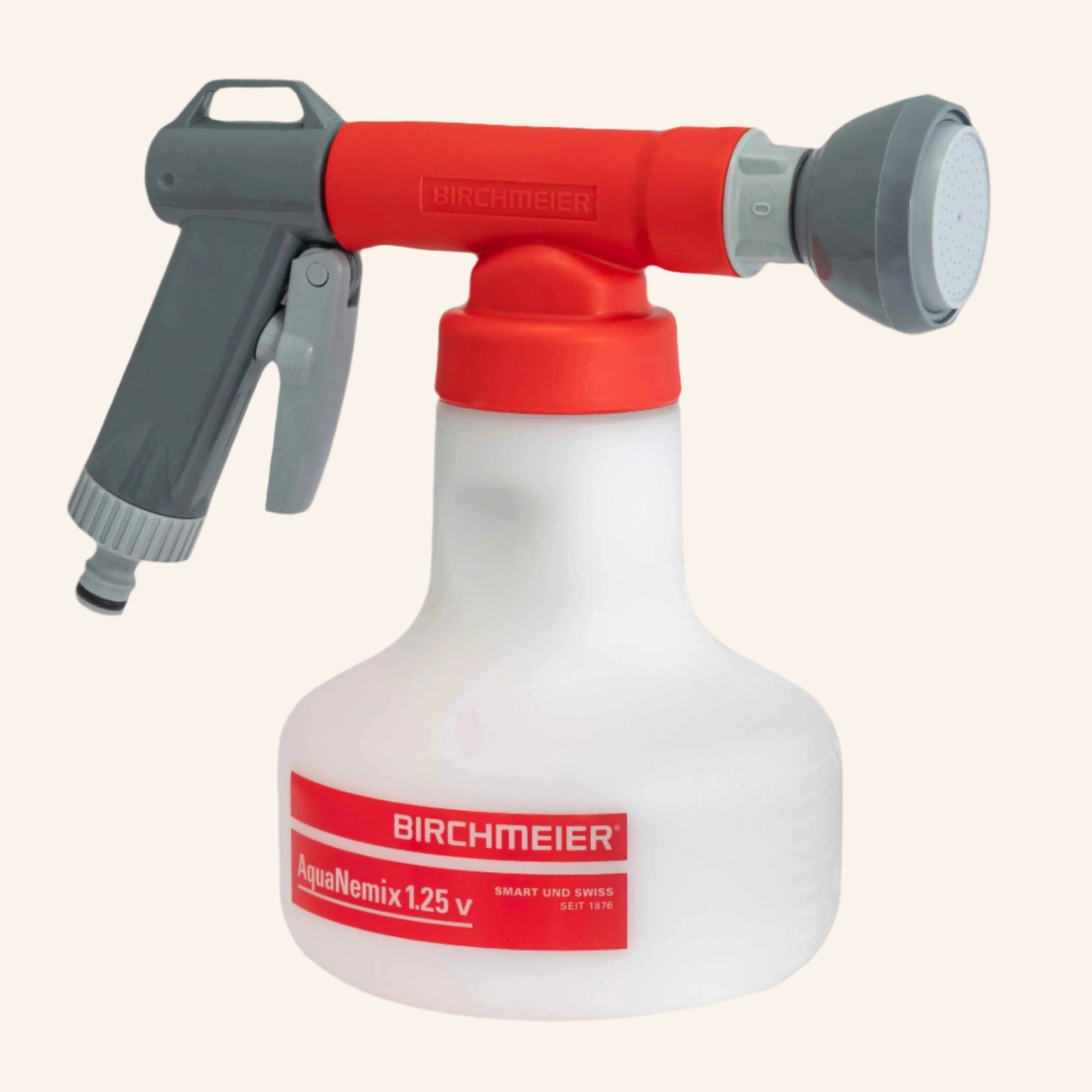
You're just walking through the grass or letting your pet play outside, and suddenly you have a visitor: a tick or a flea. These tiny creatures seem harmless, but they can be quite a nuisance for both humans and pets. They hide in the grass, between plants, or in bushes and strike when it's warm and humid. In this blog post, you'll learn how to recognize ticks and fleas , where they come from, and how to keep them out of your garden naturally. This way, spending time outdoors becomes relaxing and safe again.
How do tick and flea infestations occur in your garden?
Ticks and fleas don't simply wander into your garden; they're usually brought in by animals like hedgehogs, birds, cats, or dogs. In a sheltered, damp garden, they can easily nest and breed. Flea larvae, in particular, prefer quiet, dark, and warm conditions.
Curious how long ticks and fleas live and why they're so hard to get rid of? Our blog post about the life cycle of ticks and fleas explains it step by step.
Do you have a lot of tall vegetation, shady corners, or cluttered areas in your garden? Then these creatures are more likely to stick around. Add a mild spring or warm autumn to that, and before you know it, you've got a persistent pest on your hands.
How can you prevent ticks and fleas?
Prevention is better than cure. By cleverly designing your garden, you can make the habitat unattractive for ticks and fleas. These are the three most effective steps to prevent an infestation:
Keep the lawn short and dry
Ticks and fleas love shade and moisture. Mow your lawn regularly and allow it to dry thoroughly. Prune overhanging branches and don't leave leaves or plant debris lying around, allowing the sun and air to do their work.
Make the transition between garden and terrace clear
Ticks don't like open, dry transitions. Place a border of gravel, tree bark, or wood chips around your patio or seating area. This creates a natural barrier and prevents them from easily crossing to areas where you sit or walk.
Restrict access for mammals
Hedgehogs, cats, rabbits, and other animals can bring ticks and fleas. Make your garden less attractive to these visitors by removing food sources, installing fences, or avoiding open compost piles.
These plants help or not
Not every plant is equally attractive to ticks and fleas. Some species create a shady, moist environment where they like to hide. Other plants are fragrant, airy, or repellent, and help make your garden less attractive. By choosing wisely, you can significantly reduce the risk of an infestation.
Plants that attract ticks and fleas
- Dense ground covers such as clover or periwinkle retain moisture and provide hiding places
- Tall ornamental grasses and overhanging shrubs provide a cool, shady environment
- Creeping plants such as mint or vinca make it easy for ticks to move around
Plants that keep ticks and fleas away
- Lavender and sage give off a strong odor that ticks and fleas don't like
- Lemongrass and rosemary are firm and fragrant and are usually left alone
- Marigolds (Tagetes) have a scent that fleas and other insects do not like
Grandma knows best: combating ticks and fleas
Ticks and fleas? They certainly don't need free rein in your garden. With a few clever measures, you can make things difficult for them. No fuss, just old-fashioned tricks that still work.
Lay down a strip of gravel or lava grit
Ticks don't like dry, open surfaces. A layer of gravel, lava grit, or coarse wood chips along your patio or path acts as a natural barrier, making them less likely to visit places you enjoy sitting.
Ensure a dry transition between grass and plants
Ticks like to migrate from moist soil to warm skin. Make it difficult for them by placing a clear border of stones or tree bark between the grass and the border. This transition is a good deterrent.
Plant fragrant herbs along walkways
Lavender, rosemary, or lemongrass smell wonderful to humans, but ticks and fleas have other ideas. Place them along paths, seating areas, or in the sandbox. The scent naturally repels the creatures.
Chickens are your best friends
Chickens love to roam and pick up all sorts of insects along the way, including ticks. If you have the space, a chicken run is not only cozy but also a natural way to keep ticks at bay.
Keep the grass short
Ticks love shelter. A neatly mowed lawn makes your garden less attractive to them. Short grass is especially safer in areas where children or pets play.
Clean up cluttered areas
Piled leaves, old wood, or a forgotten corner are favorite hiding places for ticks and fleas. Keep your garden tidy, and they'll have less chance to hide or breed.
Try scented remedies from the kitchen cupboard or garden
Ticks and fleas don't like strong odors like vinegar, garlic, or eucalyptus. A light spray of vinegar and water on garden cushions or shoes can help. Be sure to test it first, especially on fabrics.
Check your pet regularly
Does your dog or cat go outside? They could unknowingly bring ticks inside. A quick check after an afternoon in the garden will help prevent worse. Don't forget their favorite spots to lie down, either.
Natural enemies of ticks and fleas
A healthy garden is self-sustaining. Ticks and fleas have natural enemies that can keep their numbers in check. By creating the right conditions, you give these helpers a boost. Read our tips for more biodiversity .
Birds
Some birds, such as pheasants , great tits , and starlings , peck ticks and other insects from the ground or grass. By hanging nest boxes and providing sheltered spots, you can attract these scavengers to your garden.
Ground beetles
Ground beetles hunt insects, larvae, and ticks. They prefer loose, organically rich soil with hiding places like leaves, bark, or stones. Leave parts of your garden a little rougher to give these nocturnal hunters free rein.
Chickens
Chickens are omnivores with a preference for crawling insects. They eat both adult fleas and ticks and actively help clean up after bugs in the grass. Let them roam regularly in areas where you or your pets frequent.
Nematodes
Nematodes against ticks and fleas are microscopic soil-dwelling nematodes that you mix with water and pour over flea larvae hiding places. They penetrate the larvae and destroy them from the inside. Completely natural and safe for humans, plants, and animals.
In short: this is what you can do against ticks and fleas
Ticks and fleas can cause a lot of nuisance in your garden without you even noticing. Fortunately, you can significantly disrupt their habitat: keep the grass short, remove hiding places, and create a clear transition between walkways and plants. Choose plants that fleas and ticks prefer to avoid, and use natural predators like birds, ground beetles, or chickens. Want a truly targeted approach? Then use nematodes against flea larvae for a safe and effective approach. This way, your garden stays clean, livable, and relaxing for both people and pets.
